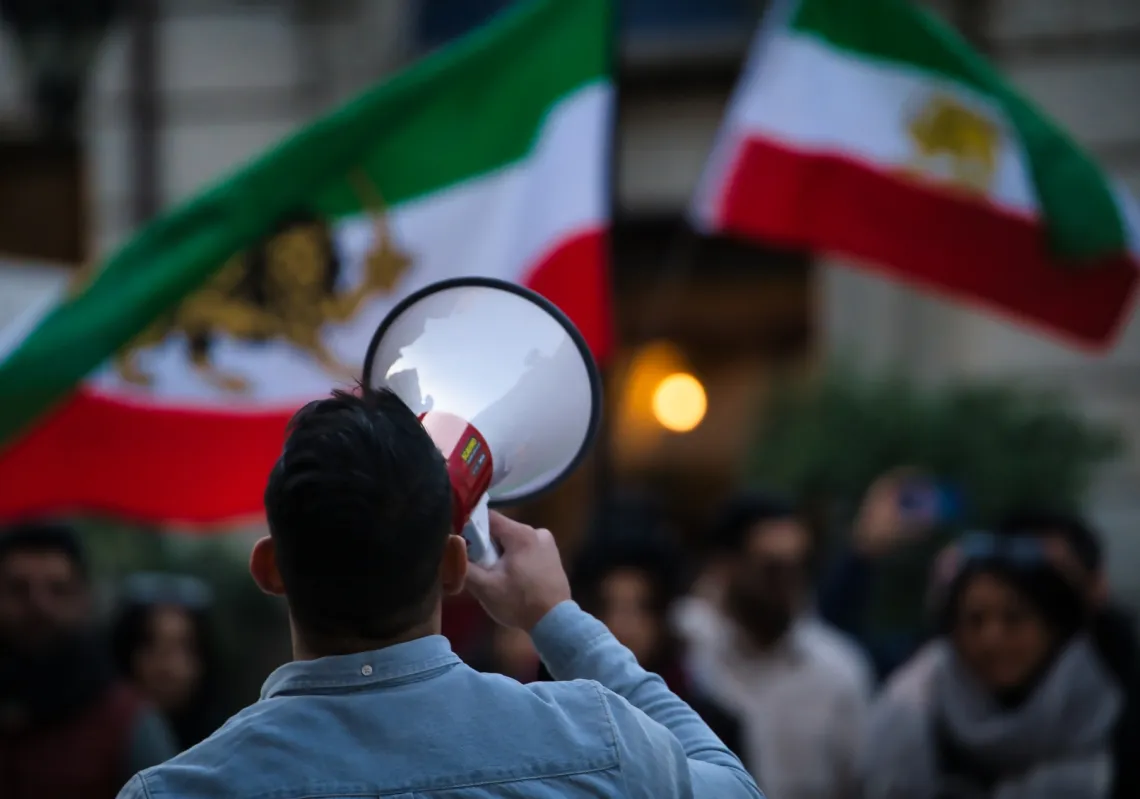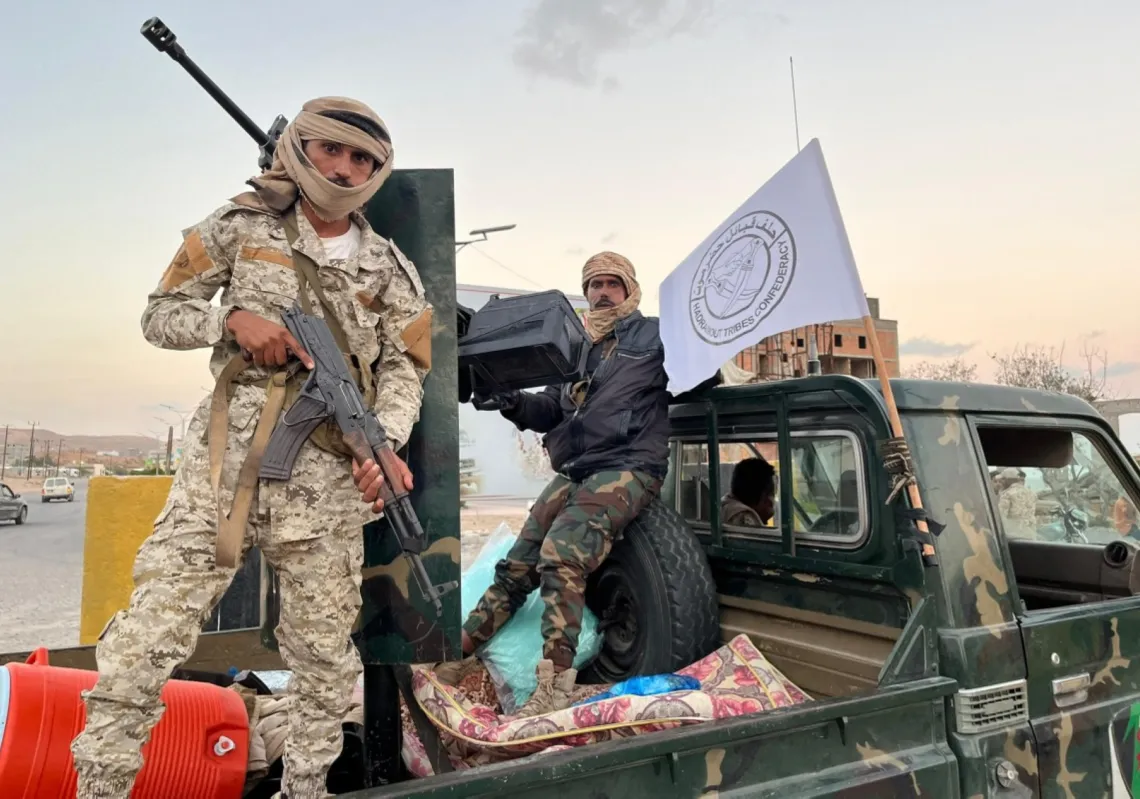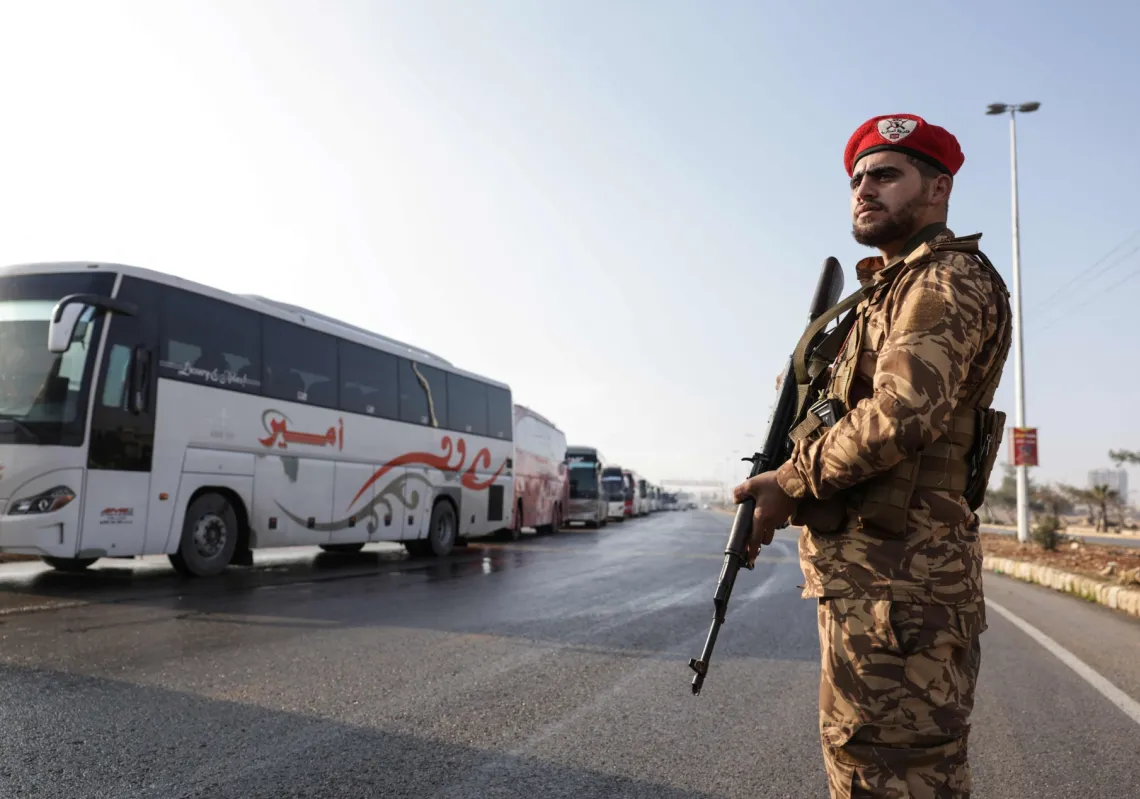Ten years ago, shortly after he was captured on 24 December 2014, Jordanian military fighter pilot Moaz al-Kasasbeh was led to a public execution arena in Raqqa, Syria, by his black-clad captors. Dressed in an orange jumpsuit and doused in a flammable substance, he passed by 13 members of the extremist group Islamic State on his way to a metal cage, within which he was soon enclosed then engulfed in flames. A wheel loader finally extinguished the fire by dumping rocks and sand.
The horrific event was filmed, then shown—in graphic detail—in a 23-minute IS promotional video, broadcast on 3 February 2015. It shook the world. “I was terrified... it was the first time I saw someone burn,” said Osama Karim, known as Abu Omar al-Swedish, during a trial in Sweden. Karim, once an IS fighter, was one of the main participants in al-Kasasbeh’s execution (most of the others are now dead).
Al Majalla has obtained the complete French-Belgian-Swedish investigation file and is publishing comprehensive details surrounding the execution for the first time. These include the timeline, and names and nationalities of perpetrators.
Among the revelations is new information that IS misled Jordanian authorities into believing that al-Kasasbeh was still alive while negotiating a prisoner swap for three al-Qaeda members held in Amman. These individuals were linked to the 2005 Amman hotel bombings, which killed 60 people and wounded around 100, including renowned filmmaker Mustafa Akkad, known for The Message.
Confessions of a killer
Wearing a blue suit, with a long beard and flowing hair, Karim turned his back to the public gallery during the 6 June trial session in Stockholm. Appearing composed, he declined to answer most questions, citing previous confessions made to investigators. When asked by prosecutor Reena Devgun why he joined IS, his only response was: “Because of religion.”

On 12 March this year, France agreed to extradite Karim to Sweden for a nine-month investigation and trial, following his confession to his role in al-Kasasbeh’s murder. He is expected to be returned to France to serve his sentence. Karim has already been sentenced to 30 years in prison in France and life imprisonment in Belgium for his involvement in the November 2015 Paris and Saint-Denis attacks, which killed 130 people, and the March 2016 attacks on Brussels airport and metro, which killed 32.
Karim told investigators: “He burned for a long time before he died; it was just as you saw in the video. The area was strewn with rubble from airstrikes, and they used a bulldozer to pile stones over him. The cage collapsed—this was how he was buried. He remained buried there until late December, and no one mentioned it until the video was released. We were ordered to stay silent. The cameramen told us, ‘Thank you, no one speaks.’ If I remember correctly, I returned the military uniform and then went back to where I had come from.”


















